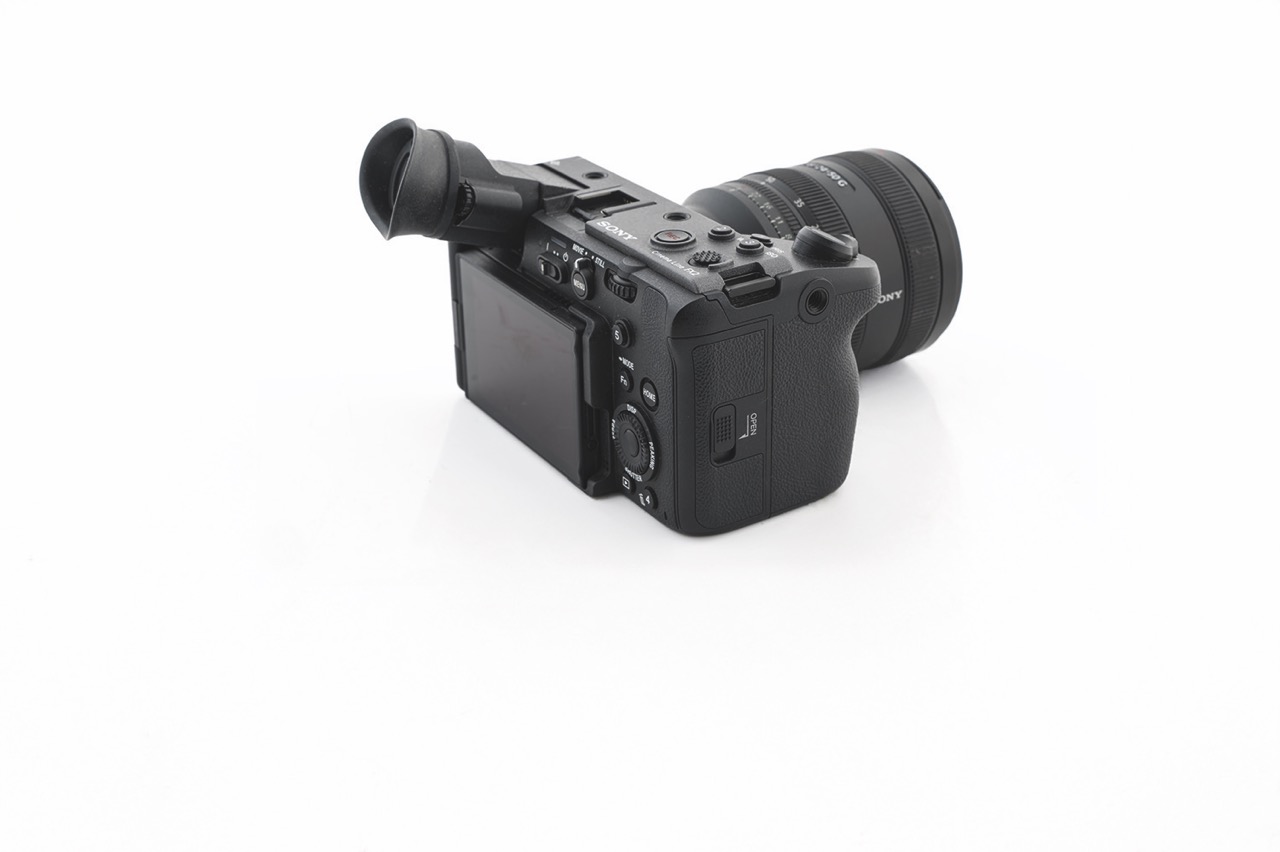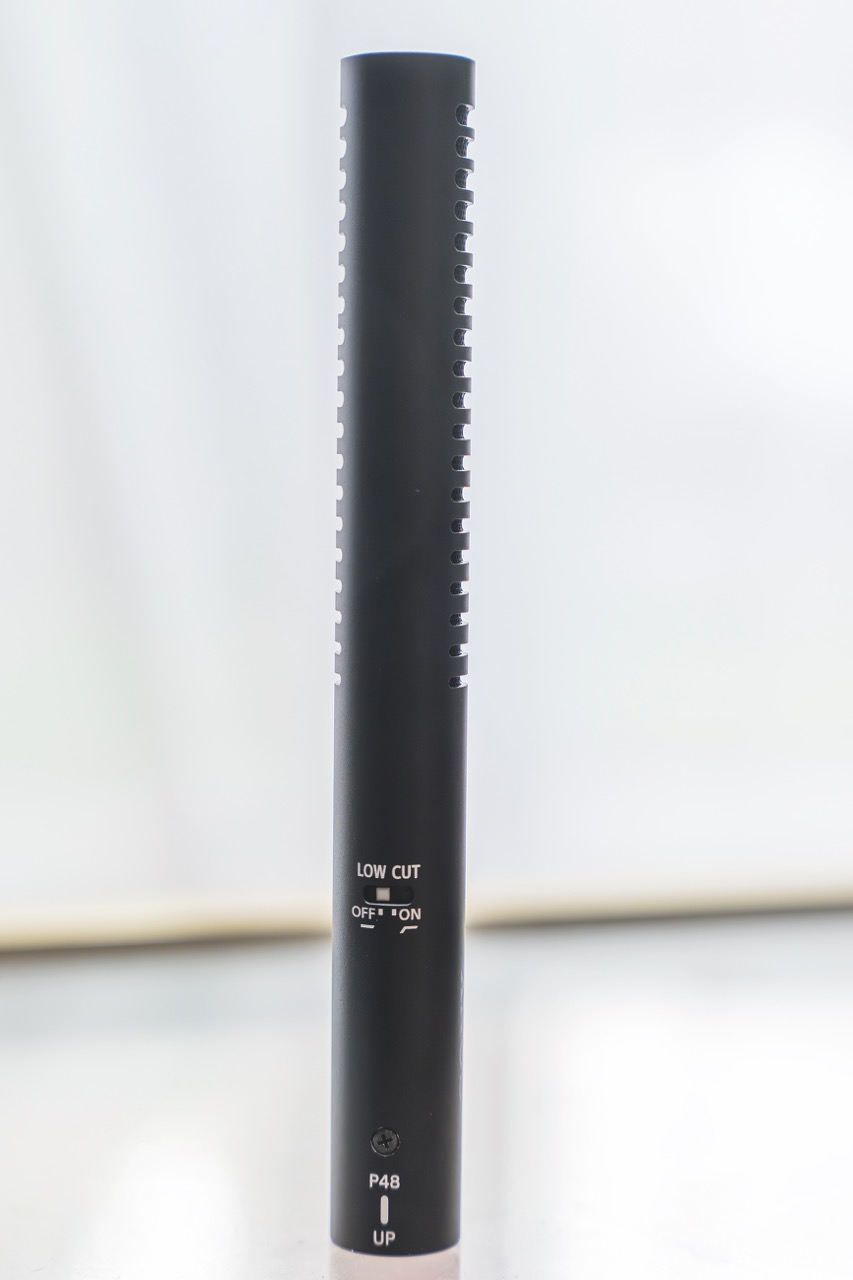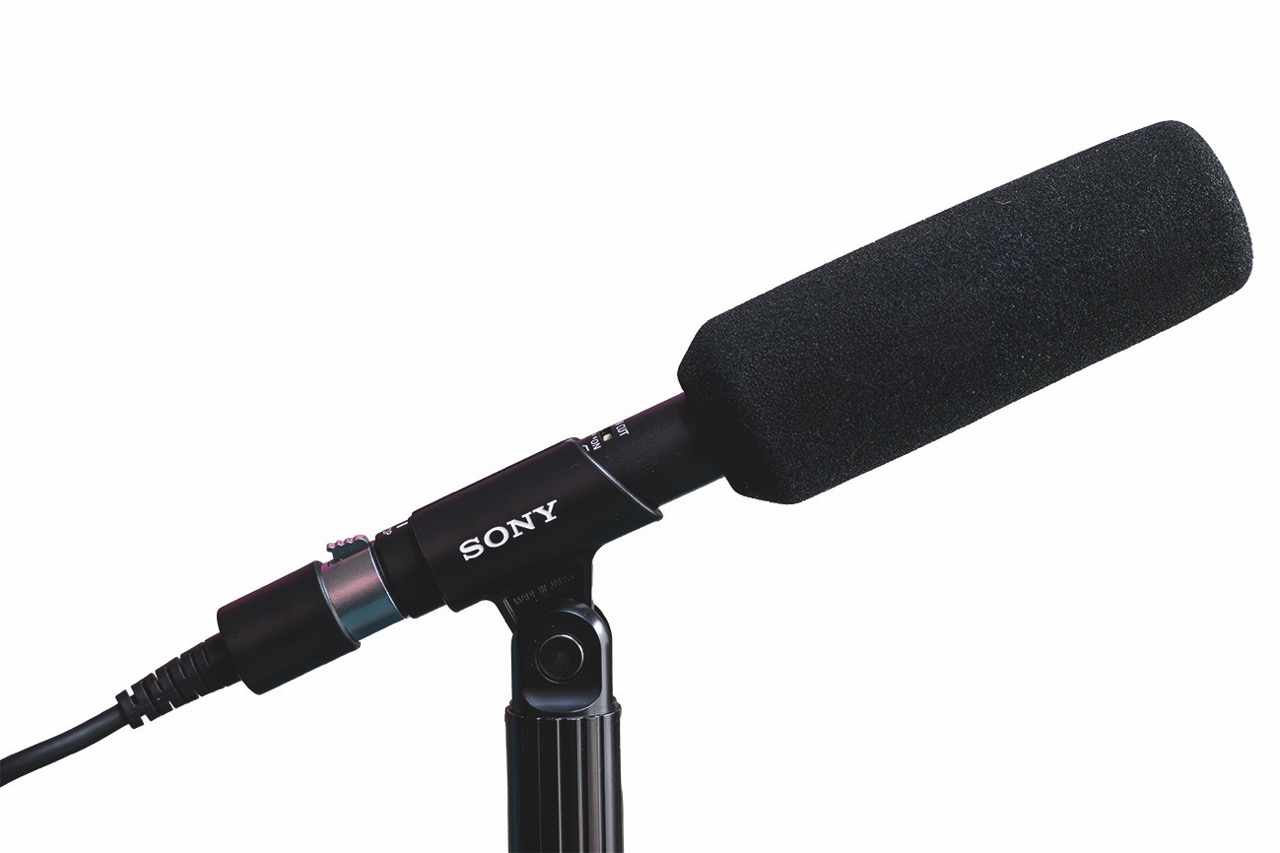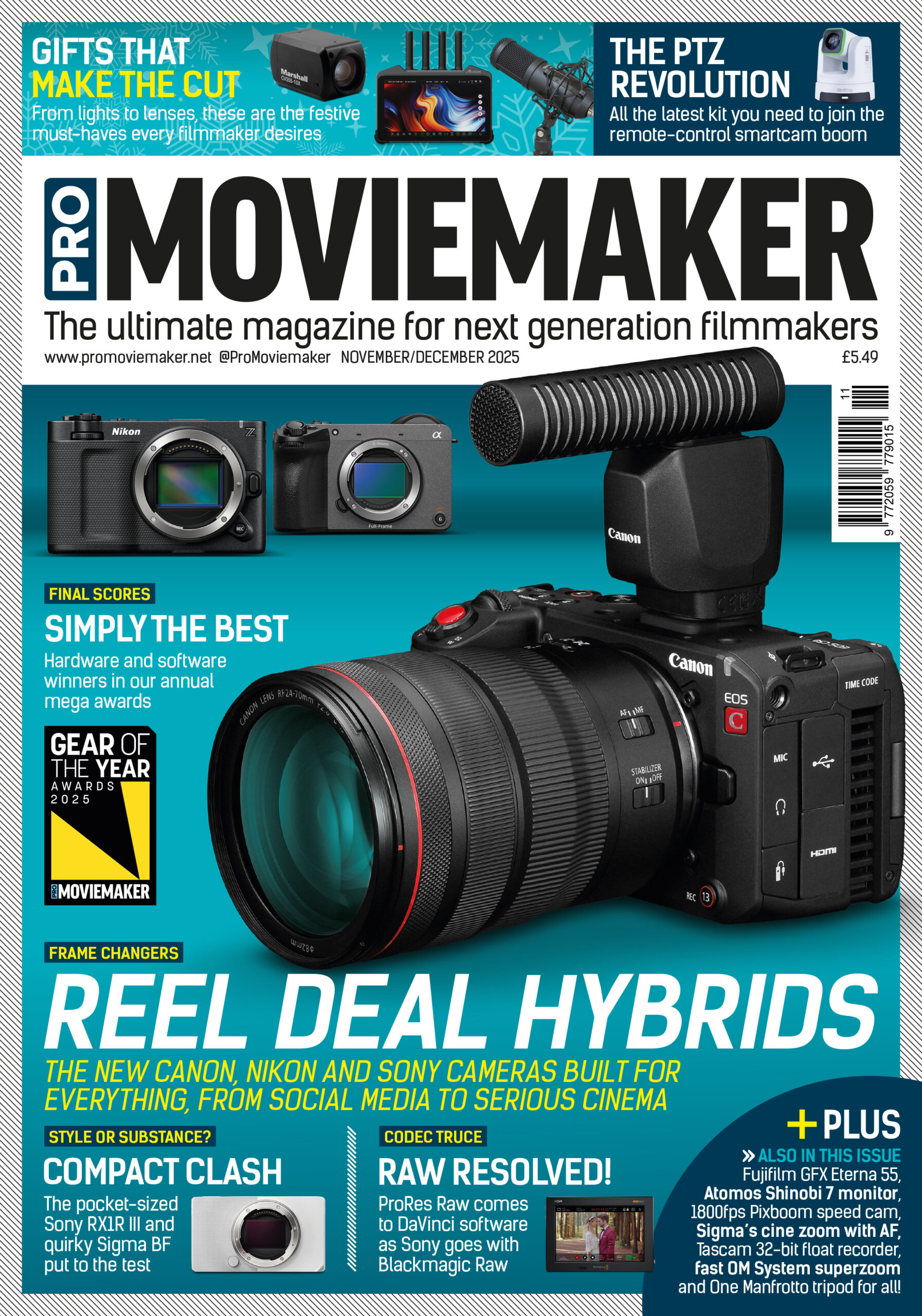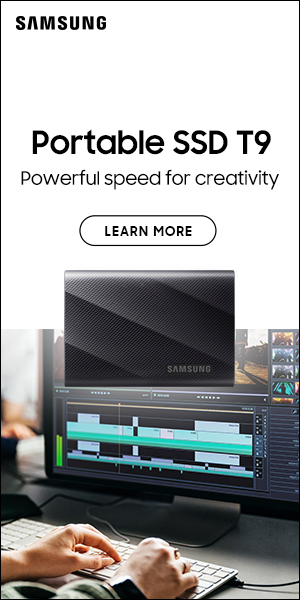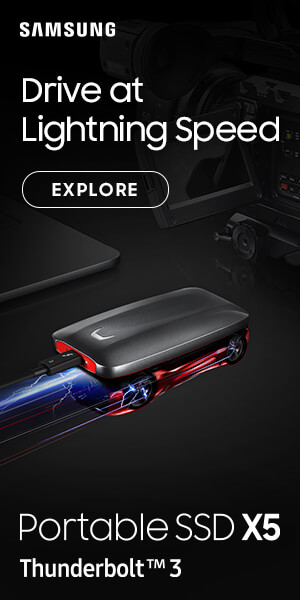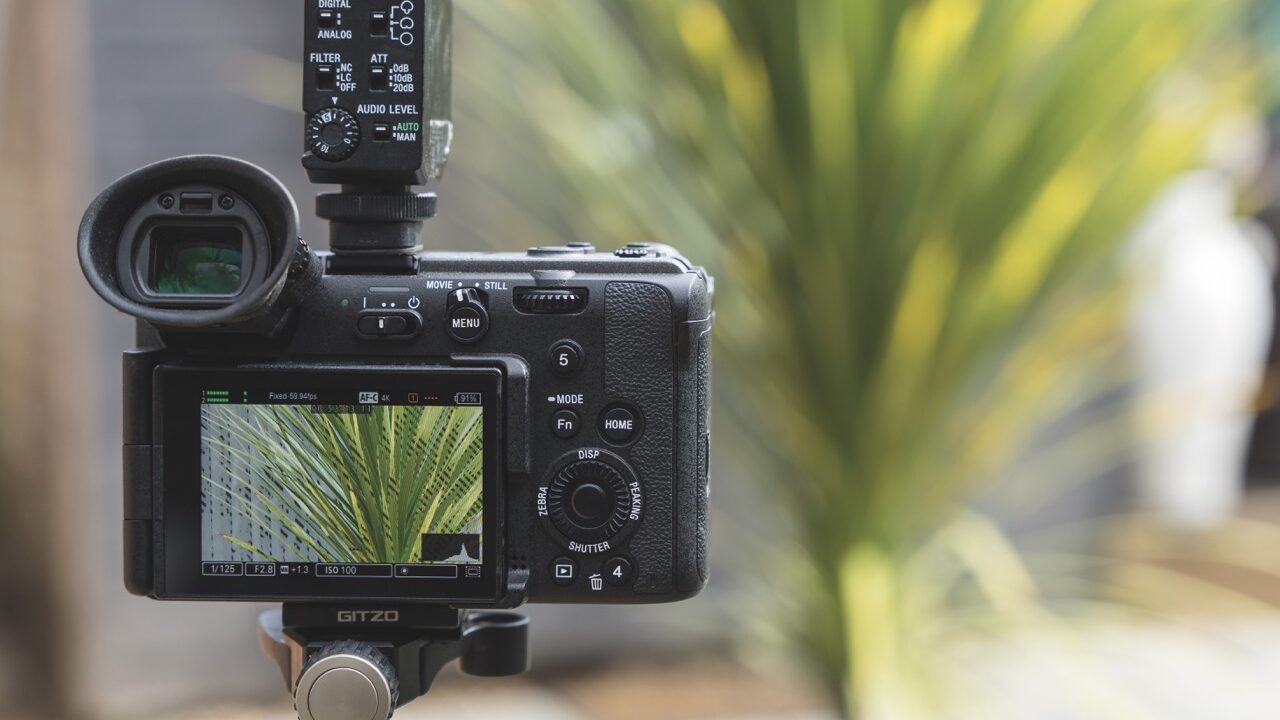
Big test: Sony FX2
Posted on Nov 13, 2025 by Pro Moviemaker
Sony’s hybrid legacy expands
The FX2 blends professional stills with cinema-grade video all in a compact, creator-friendly body
Words Adam Duckworth
Sony single-handedly created the niche of the cine-biased hybrid camera by taking the sensor of its already video-centric 12-megapixel A7S III and putting it inside a body with mounting holes for accessories, a fan to keep it cool when recording and by losing that pesky EVF. This was the FX3, and like the A7S III it’s still in the range and continues to sell well. Since then, Sony dropped the FX30 which was essentially an FX3 but with a cropped APS-C sized sensor.
The rise of the content creator who prizes video but still wants greater photo performance – the kind that only comes with more megapixels – has seen the launch of the Sony FX2. In the face of new competition from Canon’s EOS C50 and Nikon, the baby Sony is the new entry-level point to the full-frame Cinema Line and is for hybrid shooters who want a top-spec, video-first camera that also shoots high-resolution stills. It doesn’t just bolt on a photo mode as an afterthought, it weaves stills and video into the camera’s DNA.
Design and build
Physically, it shares a lot of its body architecture with the FX3 and FX30, but photo users will rejoice at it’s high-resolution tiltable electronic viewfinder with 3.68 million dots and a fully vari-angle touchscreen LCD.
A tilting EVF is a first for Sony’s Cinema Line, and while it adds
some bulk and thickness to the body, it gives creators a reliable way to compose in bright light or use eye-level framing. It is comfortable and very useful but can get obstructed by accessories mounted on the top.
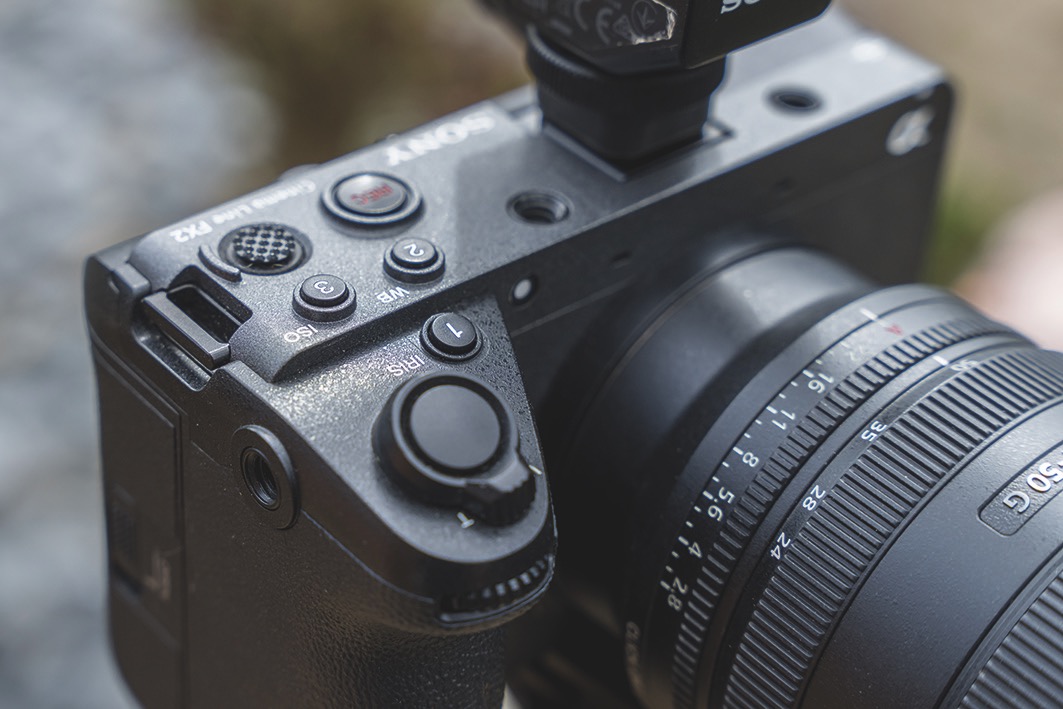
Sensor and processing power
At the heart of the FX2 is the 33-megapixel back-side illuminated Exmor R sensor, shared with Sony’s A7 IV and paired with the Bionz XR, plus a dedicated AI processing unit. This configuration gives serious firepower: 10fps continuous stills, and a video architecture that supports 10-bit 4:2:2 All-Intra, XAVC S-I and multiple recording profiles including Log and S-Cinetone. The FX2 delivers 15+ stops of dynamic range when shooting in S-Log3, with Dual Base ISO of 800 and 4000 and expanded video sensitivity up to ISO 102,400 for difficult light conditions.
Hybrid shooting capabilities
One of the FX2’s new features is the ability to capture stills while recording video, or to take stills in Log mode. These aren’t mere thumbnails or grab frames from a video but full-resolution images matched to your video colour workflows. It’s truly a hybrid tool rather than a cinema camera with a token photo mode, differentiating it from other Cinema Line models.
For this, you start recording video then simply push the shutter button and a full-size photo is taken without any interruption to video recording. If this was available on Sony’s faster sports cameras, such as the A1 II or A9 III, it could be a game changer for stills-and-video hybrid shooters who have to choose between video or stills when shooting key moments. However, the FX2 is a bit limited by its 10fps stills and 60p slow motion with an APS-C crop.

Video performance
In terms of video, it can record 4K up to 60p but in full-frame it is limited to 30p, which is oversampled from a 7K readout. Whereas 60p is supported in Super 35 crop mode, oversampling from 4.6K. For serious slow motion, Full HD can go to 120fps.
Raw output in 16-bit is available via HDMI, but only from 4.7K in cropped APS-C mode. If you want full-frame internal Raw, this camera doesn’t deliver. No Sony cameras do, though.
Stabilisation and autofocus
The FX2 has image stabilisation in Active and Dynamic Active modes to support handheld and run-and-gun shooting, a first for Cinema Line bodies. These modes work well when shooting without rigs or gimbals but still aren’t the best in the business.
Autofocus relies heavily on its dedicated AI chip. The system supports Real-time Recognition AF for humans, animals, birds, insects, vehicles and more. There’s an auto recognition mode so the camera chooses what to track, which is how we used it most of the time. This is the autofocus capability that hybrid creators value, especially in dynamic shooting scenarios.
Workflow and connectivity
The user experience concludes with several workflow-optimising touches such as a physical Movie/Still mode switch, a Big 6 customisable home screen showing frequently used controls, tally lamps, LUT support for 16 user LUTs, anamorphic de-squeeze previews in 1.3x and 2.0x and vertical-orientation information display for social formats. There are dual card slots for CFexpress Type A and SD, a full-size HDMI, USB-C 10Gbps, USB PD, built-in streaming, wired LAN via adapter and UVC/UAC support.
Real-world use
In practice, the FX2 is a joy to shoot with and the tilting EVF is a real bonus. Its still-image quality is superb, producing crisp, clean, full-resolution files. The dynamic range and colour science, especially with S-Cinetone and built-in LUT previews, yield footage that feels modern and cinematic straight out of camera. The body cooling system is effective, with the fan keeping everything running even in extended 4K shooting on hot days.
Yet, the vari-angle LCD offers only modest resolution which can hamper critical focusing when relying on it in bright light. It’s better to use the EVF instead. The crop mode required for 4K/60p means wide-angle coverage is reduced in those modes, and the lack of internal full-frame Raw limits certain high-end workflows.
Battery life is solid with Sony’s NP-FZ100 battery giving over an hour of recording in many situations, though heavy-duty users will need spares. It’s the same battery Sony uses in most of its newer cameras so they’re plentiful. If you are already a Sony owner, you’ll quickly get to grips with the FX2. It’s a great performer with unique features that could suit your workflow needs.
Sony shrinks the shotgun mic
Sony ECM-778
Whether you own a Sony camera or not, the Japanese mega-brand wants you to ignore market leaders like Sennheiser’s evergreen MKH-416 and choose its new ECM-778 XLR shotgun mic. It’s a perfect match for the new FX2 if you pair it with the Sony XLR top handle.
Costing £930/$1199, the ECM-778 is designed to balance a more compact, lightweight form with high-end audio performance so it will produce results for decades. At just 176mm/6.9in long and weighing 102g/0.22lb, it’s notably shorter and lighter than many classic long booms, yet retains strong forward directivity and studio-grade clarity.
The ECM-778 is equipped with a freshly designed electret capsule in a precision-machined brass acoustic tube and a custom circuit to preserve fidelity. The frequency response is from 40Hz to 40kHz, with a sensitivity of -31dB (1kHz, 1V/Pa), signal-to-noise of 78dB A-weighted and a dynamic range of 117dB, plus a maximum SPL handling about 133dB or more.
Its tonal response is smooth and clean, with a controlled bass presence and great consistency across distance. Sony built in a recessed high-pass/low-cut filter switch to reduce rumble, wind and handling noise, which is good for practical location use. The foam and fur windshields are solid quality, and the mic’s short body helps it stay out of frame when mounted on cameras.
Because it’s shorter, the ECM-778 won’t match extremely long booms in maximum off-axis rejection, though it still outperforms many mics in its size class. Also, because it’s XLR and requires phantom power (44-52V), you’ll need compatible recording gear.
The Sony ECM-778 is an impressive mic for its size and suits boom use, camera-mounted work, documentaries, interviews and content creation where space and weight matter. It’s not cheap, but for professionals seeking high quality in a compact form, it’s a strong contender.
Specifications
- Price: £2699/$2998
- Sensor: 35.9×23.9mm full-frame CMOS, 33 megapixels
- Video formats: H.265 XAVC HS All-Intra 4:2:2 8/10-bit or Long GOP 4:2:0 8-bit for 4K to 30p full-frame or 60p with APS-C crop. H.264 XAVC HS All-Intra 4:2:2 10-bit or Long GOP 4:2:0 8-bit for C4K to 30p full-frame or 60p with APS-C crop. FHD to 120p full-frame
- Video output: 4:2:2 8/10-bit DCI 4K to 60p, Raw 16-bit 4.7K via HDMI
- Gamma: Rec. 709, S-Cinetone, S-Log 3, HDR-HLG
- ISO: Dual Base 800/4000. Photo 100 to 51,200 (50 to 204,800 Extended). Video 100 to 51,200 (100 to 102,400 Extended)
- Dynamic range: 15 stops
- Autofocus: Phase detection AF with 759 points for photo, 627 for video
- Image stabilisation: Sensor shift with AI autoframing
- Output: HDMI, USB-C
- Live streaming: RTMP, RTMPS, SRT
- Shutter type: Focal plane mechanical, plus rolling electronic
- Still frame rate: To 10fps
- Screen: 3in articulating touchscreen
- Viewfinder: OLED, 3.69m dots
- Media: 1x CFexpress Type A, 1x SD
- Audio I/O: 3.5mm headphone socket and mic in, MI Shoe
- Dimensions (wxhxd): 129.7×77.8×103.7mm/ 5.1×3.1×4.1in
- Weight: 594g/1.3lb
The verdict
With the FX2 sitting in-between the full-frame £3579/$3898 FX3 and crop-sensor £1599/$1798 FX30 in both price and spec, and featuring a similar cine-style body and controls, its the new features that really make it stand out. The great stills performance, tilting EVF and stills-from-video mode are two that are just fantastic.
But the crop at higher frame rates means that, for pure video shooters focused heavily on slow motion or low light, the FX3 may still lead. In comparison to its siblings, the FX2 occupies an interesting middle ground. It’s more capable for stills than the FX3 but less optimised for extreme video-only use in some areas. It bridges the chasm between full-frame cinema bodies and hybrid mirrorless tools. Many Sony-based creators will find this balance compelling. But with the internal Raw offerings of the new Canon and Nikon hybrid, they could provide very credible alternatives.
How it rates
Features: 9
Has everything apart from internal Raw and fast frame rates
Performance: 9
Great stills and video quality, if you don’t need super slow-motion
Handling: 9
The titling EVF is a great addition, and Big 6 menu is welcome
Value for money: 9
The price of top-quality hybrids continues to be more attainable
Overall rating: 9/10
It’s a high-quality cine-and-stills machine with a useful EVF
- Pros: Tilting EVF, stills-and-video together feature
- Cons: Crop in 4K/60p and no 120fps higher than HD
This review was first published in the November/December 2025 issue of Pro Moviemaker

